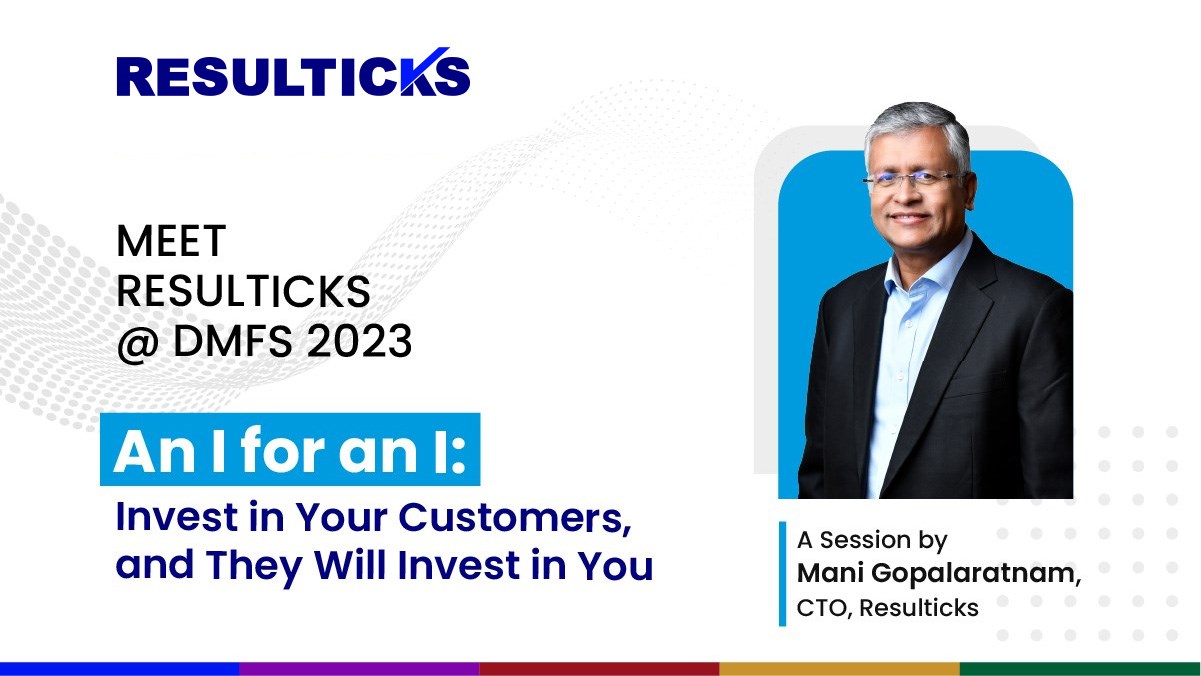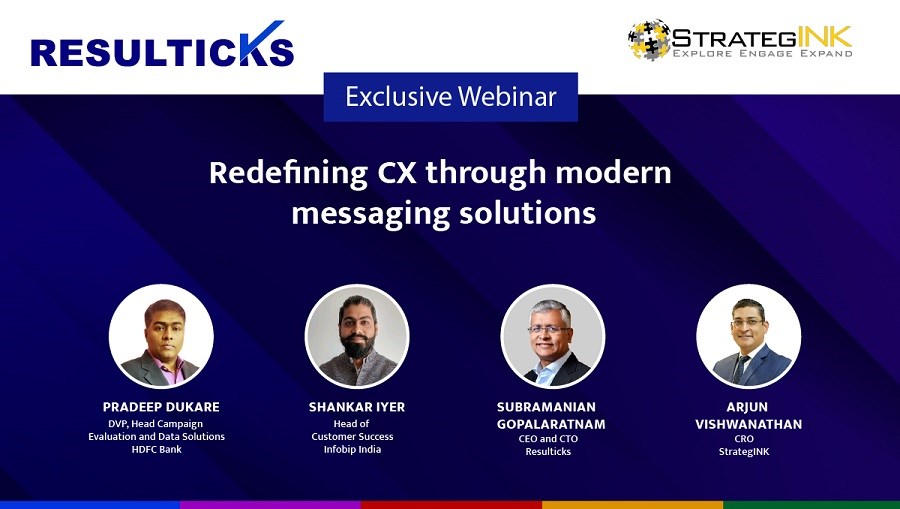How businesses can unlock AI-driven innovation with an open hybrid cloud platform
Jules Wang
Category

Summary
- Introducing AI into cloud platforms can enable smarter data segmentation.
- Overcoming siloed data and shifting wholesale to cloud platforms is a decisive step.
- Developer productivity is fueled by hybrid cloud architecture.
COVID-19 has created a compelling onus for businesses to be more intelligent, resilient, and flexible. In fact, during the ongoing crisis, tech savvy companies from many sectors outperformed their peers and achieved greater revenue growth. Consequently, over 60% of executives stated that they plan to accelerate their digital transformation over the next two years.
How will companies navigate the challenges presented by accelerated digital adoption that call for rapid innovations of existing applications and IT strategies?
The current scenario
In a recent IBM-hosted expert panel on digital transformation, Ervin Jocson, Partner of Transformation Assurance at PwC Singapore, stated that companies will continue to foster proven tactics such as BPR and lean six sigma. However, the current trends will drive many towards cloud and cloud data strategies for optimization.
“This means shifting the workload to the cloud by leveraging the power of software services,” noted Jocson, who also mentioned that the usage of native cloud services with AI, API, machine learning, and analytics functions will speed up the growth of business value.
While businesses may be introducing more advanced technology, there are still some major obstacles holding them back. Dinesh Menon, Chief Strategy and Business Officer at Resulticks, characterizes the key challenge as “overcoming siloed data even though digital technologies have come through.”
Acceleration challenges
Organizations struggle—to get the right insights, to understand individual customers, to power seamless interactions, and to attribute ROI—because they have not solved the fundamental issue of fragmented data. Regardless of organization scale, undergoing the digital shift is a complex project, one that demands thorough inspections addressing a variety of gaps, deficiencies, and outdated approaches.
Another side of the digital acceleration is the need to comply with data privacy regulations around the world. Compliance readiness, too, starts with well-executed data classification, so the organization can maintain a concise grasp of the information that is sensitive and in need of safeguarding. There must also be rigorous procedures for and controls over what and how data is shared within both the organization and its wider ecosystem of partners.
Beyond addressing fundamental data issues and ensuring privacy protections, how can businesses achieve a competitive advantage through their digital implementation strategy? The panel discussed the importance of maintaining a clear vision for transformation as an ongoing effort.
Instead of opting for a haphazard approach—where a large number of siloed modules and patches are stitched together, they highlighted the value of an open hybrid cloud architecture that is integrated, agile, and conducive to developer productivity.
Experience seamless cloud architecture and functionality with the RESUL cloud. Contact us today.
















